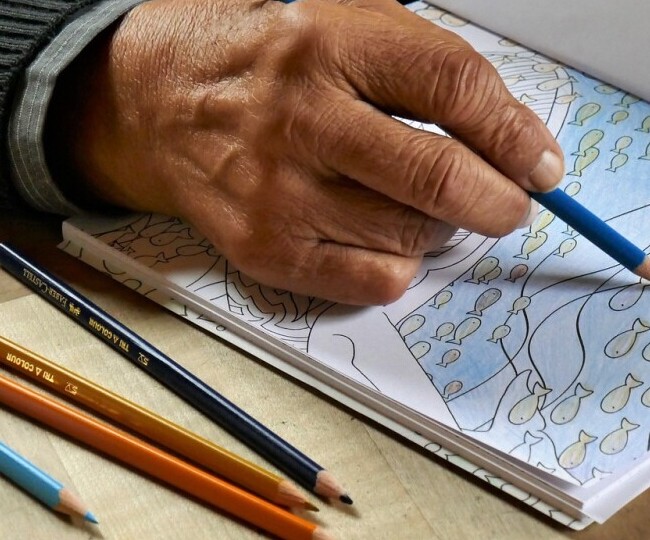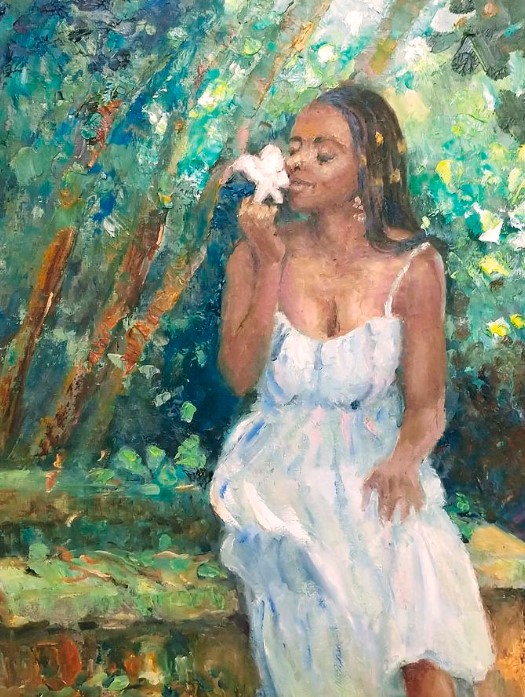Mindful Coloring: An Artistic Approach To Stress Relief
Mindful coloring isn’t just for kids. Originating in the realm of art therapy, this practice offers a fun and creative way for adults to unwind. Think of it as a kind of meditation but with more color. The idea is to focus on filling in designs with vibrant hues, which helps to calm the mind and reduce stress.
Science backs this up. When you engage in mindful coloring, you’re helping your brain to relax. Studies have shown that activities like coloring can lower anxiety levels and improve mood. It taps into the same state of mind as meditation, giving your brain a break from all the constant thinking.
One big misconception is that you need to be good at art to benefit from mindful coloring. Spoiler alert: You don’t! There’s no right or wrong way to do it. The focus is on the process, not the end result. This means anyone can give it a go and reap the benefits.
Mental health professionals often recommend mindful coloring because it’s an easy and effective way to take a mental break. It helps with dealing with anxiety, depression, and even PTSD. By concentrating on the task at hand, you’re giving your brain a chance to reset, which can improve overall well-being.
In everyday life, we’re often juggling multiple tasks and responsibilities. Mindful coloring offers a simple yet powerful way to pause and focus. Whether it’s ten minutes during a lunch break or a longer session in the evening, integrating this activity into your routine can make a significant difference.
How to Get Started with Mindful Coloring
Picking the right tools is the first step. You don’t need anything fancy—just some basic coloring books and pencils or markers. Plenty of options are available, from intricate mandalas to simple designs. Choose what feels right for you.

Creating a relaxing environment can make your coloring sessions more enjoyable. Find a quiet corner, maybe play some soft music, and ensure you have good lighting. The point is to build a space where you can unwind and focus solely on your coloring.
Certain techniques can enhance your mindfulness while you color. Slow, deliberate strokes can help you stay present. Pay attention to the colors you choose and how they make you feel. Try to let go of any judgment about your work. This isn’t about creating a masterpiece; it’s about the experience.
It’s important to find a routine that works for you. Whether it’s a few minutes in the morning or a longer session before bed, consistency helps. Start with small goals—maybe color one page a week—and build from there. The key is to find what fits into your life without adding stress.
Exploring Creative Patterns and Designs
Mindful coloring offers a variety of designs to suit different moods and preferences. From mandalas to nature scenes to abstract designs, there’s something for everyone. Each pattern can bring a unique sense of calm and relaxation. For instance, mandalas are known for their repetitive patterns, which can help in achieving a meditative state.
Different patterns influence mood in different ways. Nature scenes might evoke a sense of peace and tranquility, while vibrant abstract designs can spark creativity and joy. The color choices also play a role in how you feel. Don’t be afraid to experiment and see what works best for you.
Hearing from others who’ve benefited from mindful coloring can be inspiring. Real-life success stories highlight how people have used this practice to manage stress and improve their well-being. These testimonials can serve as motivation to keep up with your own practice.
Incorporating mindful coloring into your daily routine doesn’t have to be complicated. A few minutes a day can make a big difference. Whether it’s during your morning coffee or before bedtime, find a slot that works for you. Over time, this practice can become a cherished part of your self-care routine, providing long-term mental health benefits.


